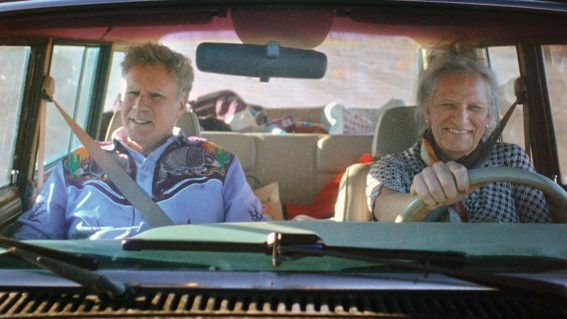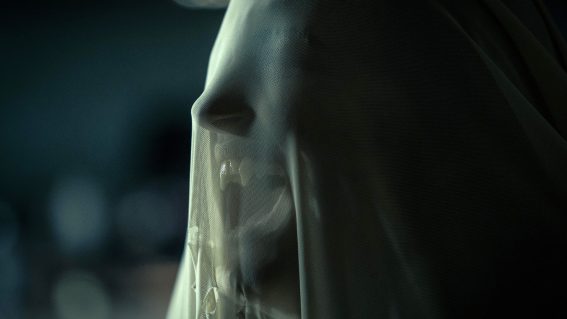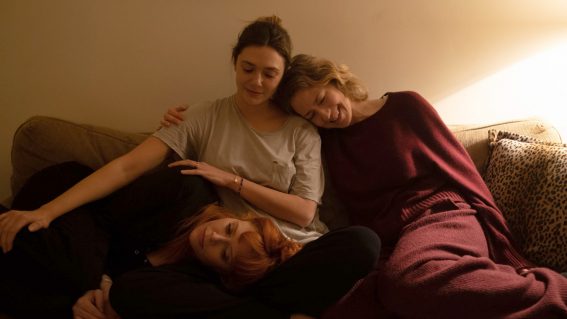Last Night In Soho is a raucous rewind to 60s glamour and giallo-like style
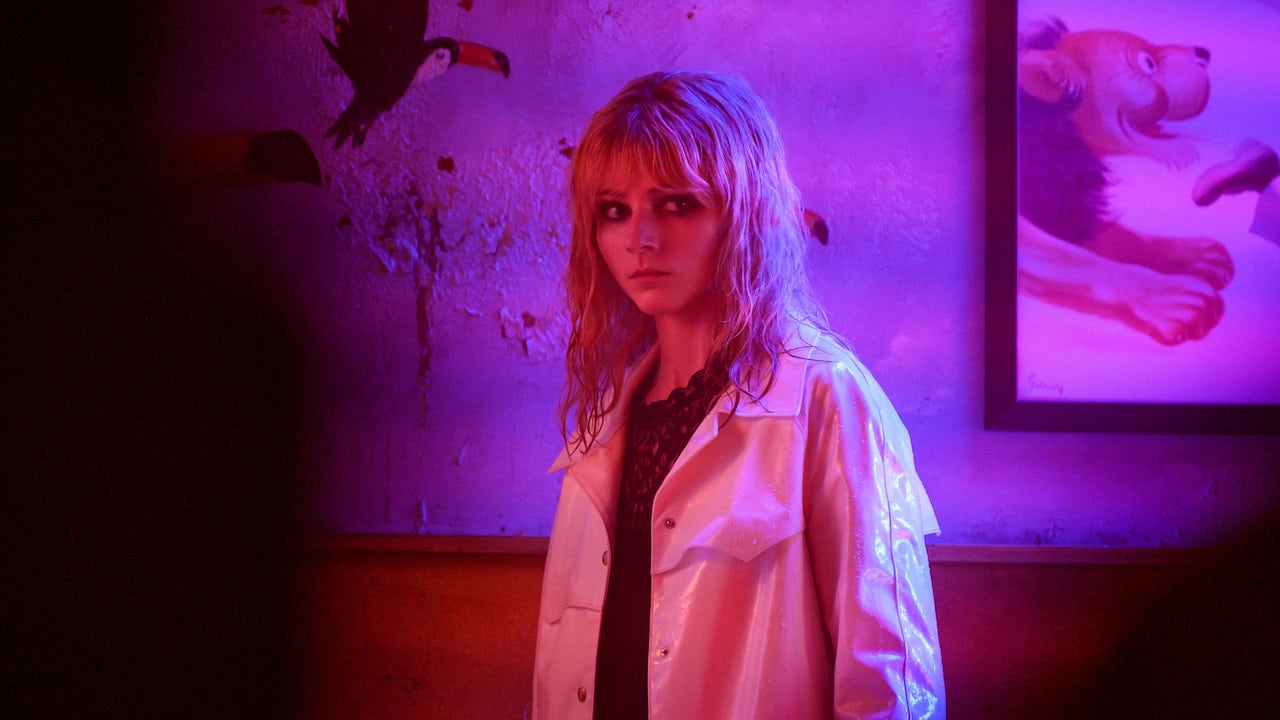
Thomasin McKenzie is drawn into a dark reflection of mod-era London in Edgar Wright’s raucous new film, which often feels like a particularly creepy episode of Doctor Who, writes Lillian Crawford.
Last Night in Soho
Edgar Wright has returned to more familiar British territory for Last Night in Soho following a weak American sojourn with 2017’s Baby Driver. He feels more comfortable in this film’s skin, replete with a thoroughly English sense of profane humour (his penchant for the c-word has landed the film an 18-certificate from the BBFC).
So seeded in the streets of Soho is the film one wonders how effectively it will play to audiences outside of London, but for those in the know, it makes for a raucous ride.
Anyone who wasn’t born in London knows what an overwhelming experience the city can be when you first move there. Last Night in Soho rests firmly on the shoulders of Eloise, delicately played by Thomasin McKenzie, who moves from deepest darkest Cornwall to the Big Smoke to study fashion at UAL. We’re introduced to her wearing a dress made of old newspapers, a bizarre British school tradition, revelling in the 60s pop her gran and late mother loved. Exposition comes thick and fast, and quickly we learn that Eloise is haunted by the trauma of her mother’s suicide.
Before the film screened at the London Film Festival, a note from Wright was read to the audience, requesting that what happens in Soho stays in Soho. Curiously he asked those in attendance not to discuss the film’s second half in their reviews, and while I shan’t discuss plot details, this seems a misguided request.
Last Night in Soho is a film about female trauma, and the later stages of the film add horrifying visuals to this experience as Eloise struggles to escape her demons. What Wright presented as a caution against spoilers should have been an explicit trigger warning.
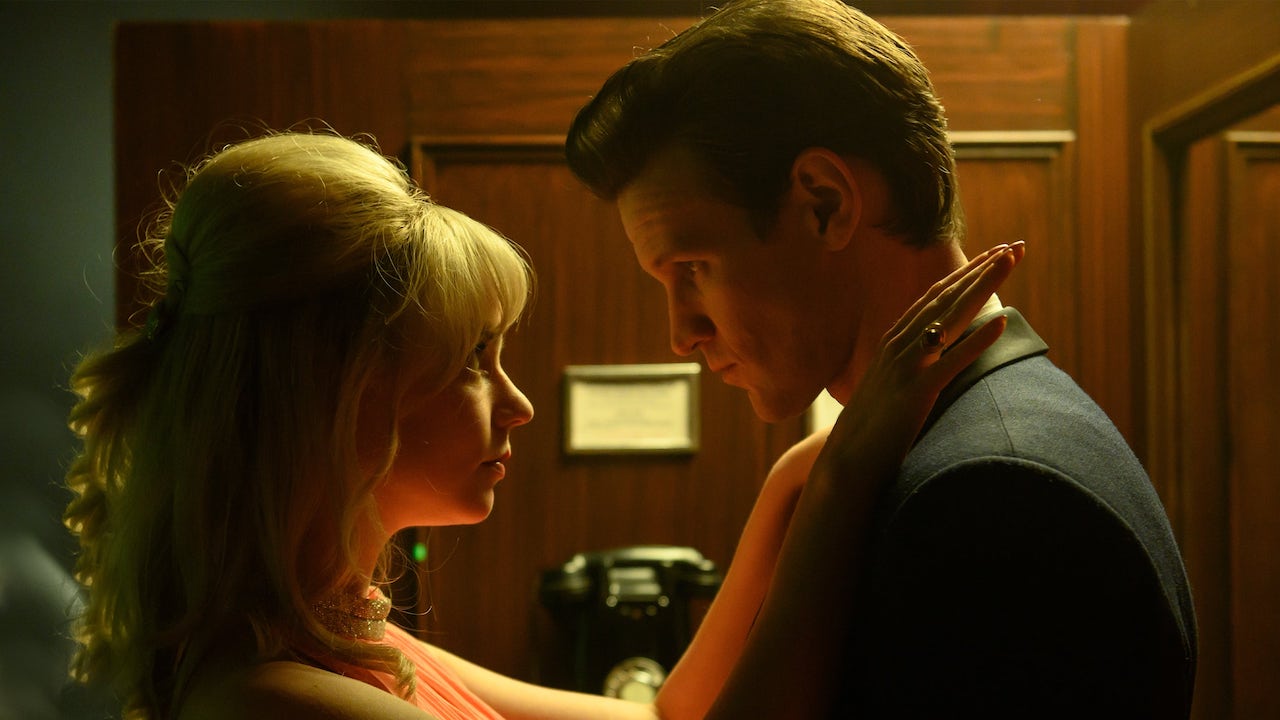
It is the first of Wright’s films to have been co-written by a woman, namely Krysty Wilson-Cairns whose previous credits include Sam Mendes’s 1917 and gothic horror series Penny Dreadful. Her writing adds refreshing deftness to Wright’s direction, perfectly capturing the fears young women experience alone at night. She might also be assumed to be responsible for the film’s most unsettling imagery—moments which commit the experience of PTSD as a result of sexual trauma to celluloid in a way that lends itself well to the film’s giallo-like style.
There is, for example, a scene in which Eloise returns to her bedsit with a boy she hopes to have her first sexual encounter with. Suddenly she isn’t there anymore and the memories of men from her nightmares are literally forcing themselves upon her. There is no question of delusion—the camera’s objectivity leaves no doubt that her flashbacks are real.
The effectiveness of scenes like this are undermined by Wright’s directorial hand, softening the blow with schlocky Kensington Gore and CGI stalkers. As a horror film, it often feels like a particularly creepy episode of Doctor Who, with the ghost-like figures resembling the Whisper Men from the late era of Matt Smith (featured here in Wright’s supporting cast). These moments are fun in the moment, but lack the intelligence of the omnipresent threat Eloise faces on a deeper, psychological level.
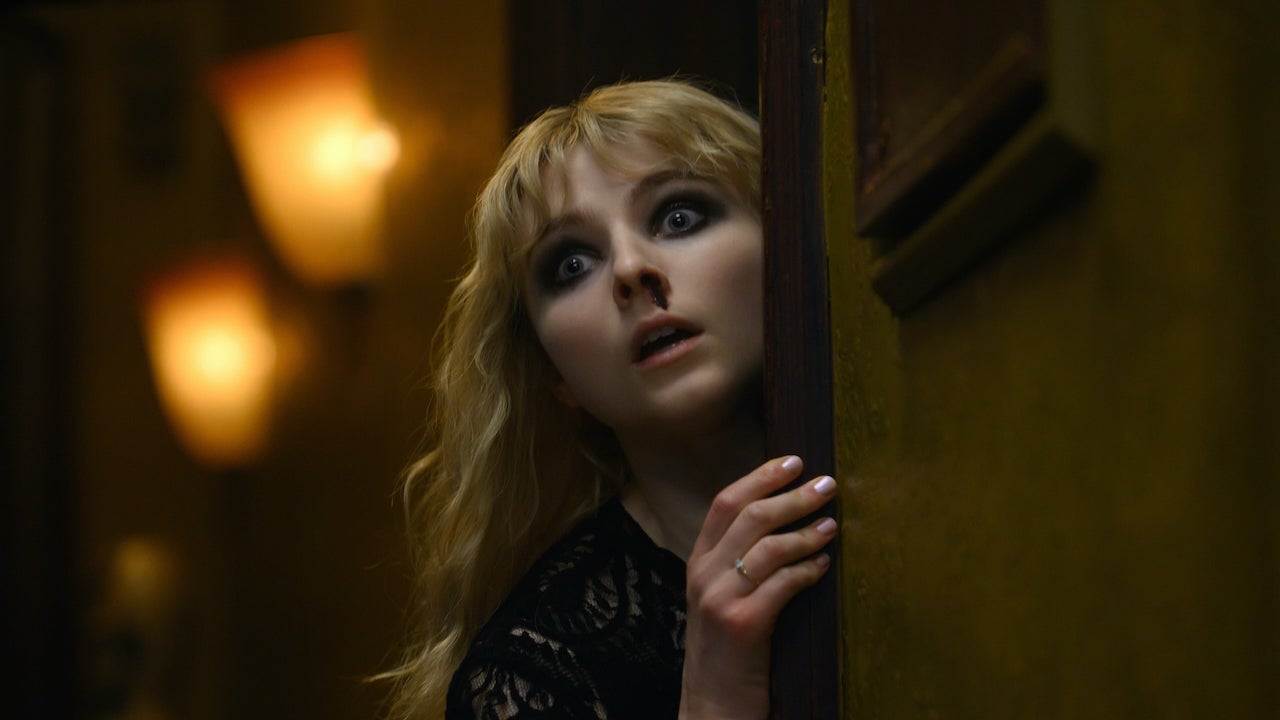
The film’s central conceit to achieving this end is its dual narrative. Once Eloise moves into her new flat under the auspices of Diana Rigg, in her scintillating final role, she finds herself transported to Soho in the 1960s. There she embodies a glamorous showgirl called Sandy, a shallow but stunning part for Anya Taylor-Joy, whom Eloise pursues as her reflection. The first time-travelling dream sequence is an overwhelming cinematic wonder, with Cilla Black’s greatest hit ‘You’re My World’ blaring diegetically from the Café de Paris.
The scene encapsulates the rose-tinted nostalgia the era evokes in the public consciousness, and Last Night in Soho serves to remind us that the Swinging Sixties was far from being all Vespers and unfiltered cigarettes. Wright’s ability to expose the double entendres of classic sixties music through Eloise’s growing disillusionment is genius—Sandie Shaw’s ‘Puppet on a String’ and ‘Always Something There To Remind Me’ are transformed into evocations of misogyny and lingering trauma, for instance. It’s always a shame when Steven Price’s score emerges rather than another period banger.
Ultimately Eloise finds a way to reconcile historic glamour with modern sensibilities through her coursework designs, bringing her catharsis. The strength of Wilson-Cairns’s presence in the script and incredible editing by Paul Machliss, which Wright puts to proper use after the fun but hollow scoring of Baby Driver, save the film from falling prey to its weaknesses. Last Night in Soho perfectly mirrors its namesake district—glitzy and kitsch, hard to navigate (especially whilst inebriated), but you’ll have a bloody good night out.














